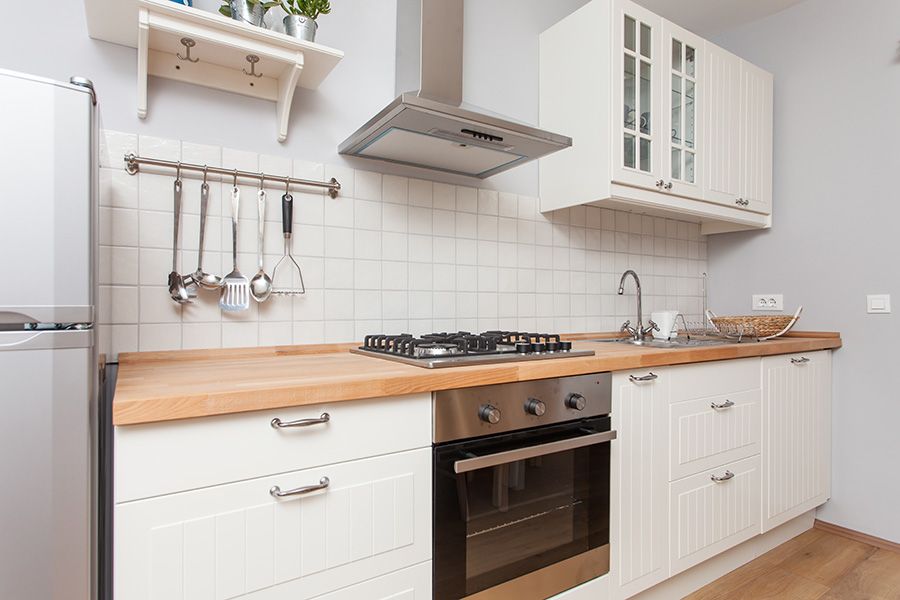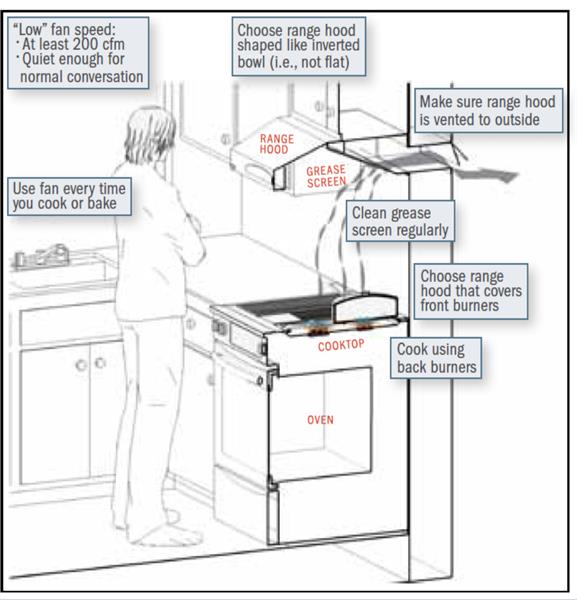Jun 3, 2021
New Best Practice Guide Available for Healthy Kitchen Ventilation
Households often have lingering cooking smells in their homes and even grease and soot deposits on their walls and furnishings—but they often don’t know those things are health hazards.
By: Tom Phillips

Households often have lingering cooking smells in their homes and even grease and soot deposits on their walls and furnishings—but they often don’t know those things are health hazards.
When folks use low-cost particle sensors or just their sense of smell to test their home environment, the incidents that often cause the biggest response are cooking activities… like roasting meat, frying, grilling, or baking. The toxic fumes, odors, and moisture from cooking can quickly spread throughout the home and linger for hours. Health-wise, it’s important to recognize and reduce the frequency and intensity of these events—especially in low energy homes and even for electric stoves.

Fortunately, extensive research has shown how you can reduce the impacts of cooking on indoor environmental quality and health. In addition, building energy standards are moving towards requirements for better range hood performance and electric stoves. This information has been summarized, after review by experts, in the Reducing Outdoor Contaminants in Indoor Spaces (ROCIS) 2020 presentation and webinar, as well as their 2019 ISSUE BRIEF, Ducted Range Hoods: Recommendations for New and Existing Homes. This best practice guide includes tips on:
- How to select, install, and operate a range hood that is quiet and effective at exhausting pollutants and odors,
- How to design, install, and operate a range hood system without depressurizing a home or creating drafts,
- Low-emission, healthy cooking methods, and
- Additional resources and design tools.
Parents, consumers, interior designers, health professionals, and building professionals will all find this guidance useful. If you want to provide healthy indoor air for your family or clients, it is well worth reading and sharing!
Learn more at rocis.org.





